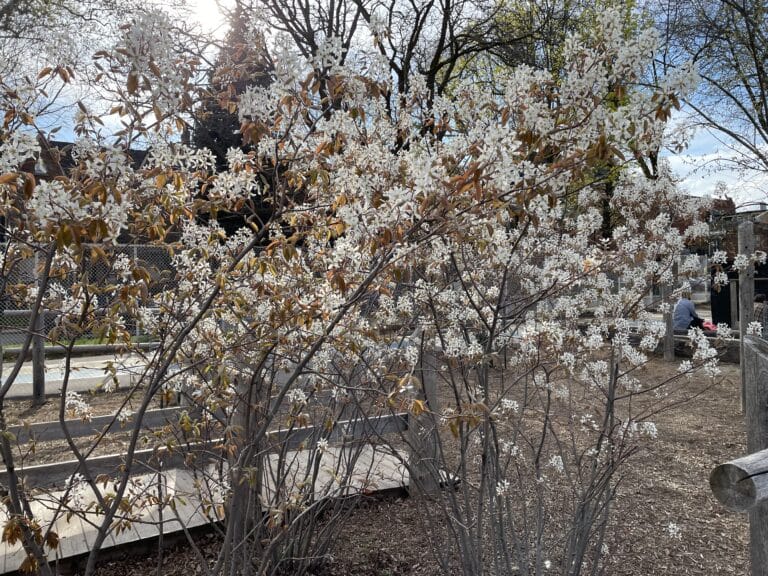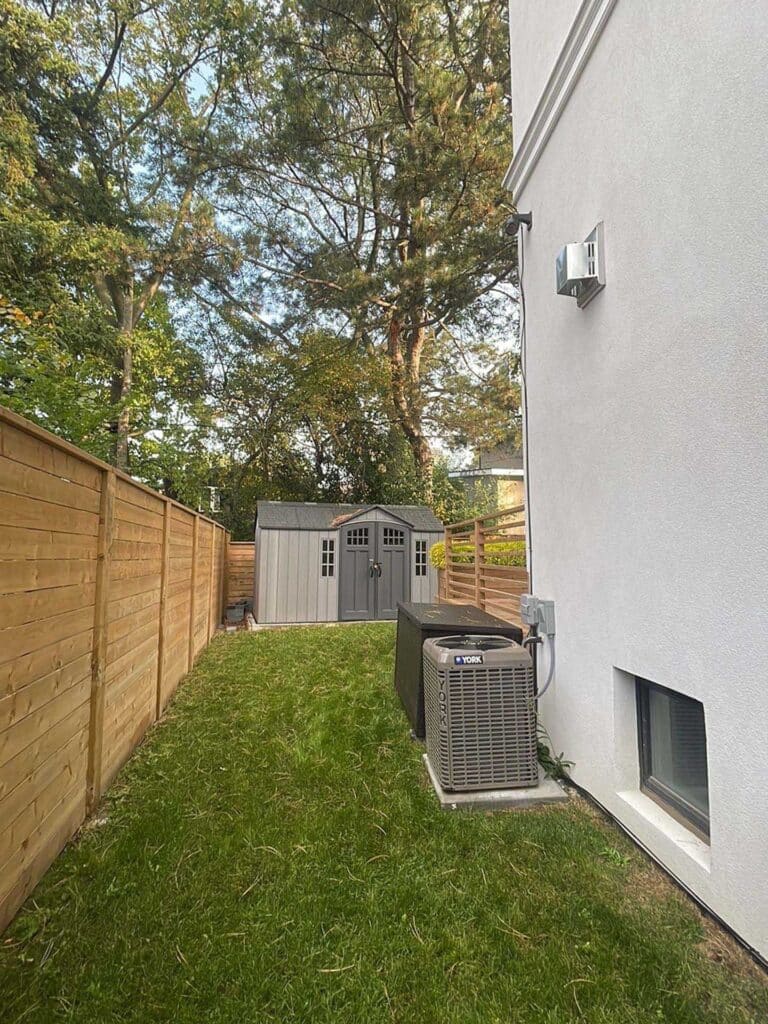Spring is finally here – and you may be starting to think about spring tree pruning. As soon as the snow melts and the first buds appear, many homeowners seem to notice their trees again. If you’re taking a good look at your trees for the first time in a while, you may be wondering how you know if it’s time for pruning, and what the benefits of tree pruning in spring are.
Spring can be a great time for pruning for many Toronto tree species, before trees grow thick and heavy with leaves and while cooler temperatures allow pruning wounds to heal before summer. Here are our top six reasons why your trees may benefit from pruning this year.
1. It’s Been a While
Mature trees can typically benefit from pruning every 2-3 years. If you’re having your tree pruned regularly, but your last arborist visit was a few years ago, it’s time to book another visit. This will help keep your tree in good shape. If it’s been more than a few years, it’s definitely time for pruning.
Young or newly planted trees may benefit from annual pruning. With some knowledge of pruning, structure, and cuts (check out our resources on DIY pruning), you may be able to prune a small tree yourself safely, but a certified arborist can help ensure your young tree is being pruned for optimal shape and growth.
2. Healthy Growth All Season
Pruning your tree at the start of the growing season can help kickstart growth for the summer months. Winter can be a great time to prune many trees, but if you’ve missed that window, the best time is now. Pruning helps to remove unhealthy, weak, or dead branches, as well as sprouts — small, weedy stems that won’t grow into full-size healthy branches.
Getting rid of all these unhelpful stems and limbs means your tree can redirect energy into branch and leaf growth on the larger, healthy, structural branches of the tree. That translates to a greener, fuller-looking tree come summer.
3. Better Views This Summer
But wait — maybe you don’t want your tree too green! Has an overgrown tree been blocking a beautiful garden, ravine, or beach view for a couple of years now? Are heavy branches keeping sunlight out of your prized flower bed or ensuring your backyard tomato crop is small and runty? Neighbours nagging you about draping greenery?
Spring tree pruning can help solve these problems before your tree fills in with leaves. Clearance pruning means removing overgrown branches to create better views and a more pleasing space. Your arborist is trained to spot where to trim branches to cut back overgrowth and create a space. Think of it like exterior design for your outdoor space — start the summer with a picturesque view from your picture window or a deck that lets you enjoy the sun for barbecues or sunbathing.
4. Check Your Tree’s Health and Growth
Having regular maintenance by an arborist helps ensure your tree’s overall health. You may not be able to spot signs of weakness, decay, or disease in a tree. Instead, as a homeowner, what you notice may be a handful of branches that aren’t growing, or what seems like more loose falling twigs and branches than in the past. Sometimes, problems aren’t visible from the ground level.
When a trained arborist prunes your tree, they’ll climb up and have a bird’s-eye view of everything. They’ll be looking closely at what to keep and what to remove, making it easier to spot issues like branch dieback, early-stage pest or fungal damage, or decay. By having an arborist work on your tree every 2-3 years, they’ll become familiar with it and can help alert you to issues while they’re still small. This allows arborists to perform preventative maintenance, rather than repairing, for example, a large broken limb, a widespread pest infestation, or a major failing branch. Regular maintenance can be the difference between keeping a mature tree healthy and needing to removing a large, dying tree.
5. Remove Risky Branches
Now is the time to take care of potential hazards before summer storm season arrives. Deadwood and broken branches can pose a danger to your house, garage, car, or people or pets enjoying the yard. Heavy winds, thunder, and lightning can cause branches to snap and fall.
Even in clear conditions, summer limb drop can be a risk for already weakened branches. Spring pruning helps remove compromised branches before intense summer weather. Enjoy your summer without the constant worry of your maple branch breaking over the car or your barbecue.
6. Keep Your House Clear of Debris and Critters
Overgrown and loose branches don’t only pose a risk of breakage. Some fallen leaves and twigs after a big storm are normal, but a tree in need of pruning can deposit large amounts of brush and debris onto rooftops and outdoor elements during storms and high winds. Pruning removes excess material at the source to keep your spaces clear.
Long, overgrown branches can also provide pathways for squirrels, raccoons, and other creatures to access rooftops, garages, and sheds. Animals on the roof can be a nuisance for homeowners, leading to debris, damage, and irritating noises. Proper pruning can eliminate squirrel pathways to your roof and help keep spaces clear.
Choose Spring Tree Pruning
Do any of these reasons apply to your home? Is it time to have someone take a look at your trees? Read more about our tree pruning services and contact us to have one of our tree experts assess your trees this spring.



